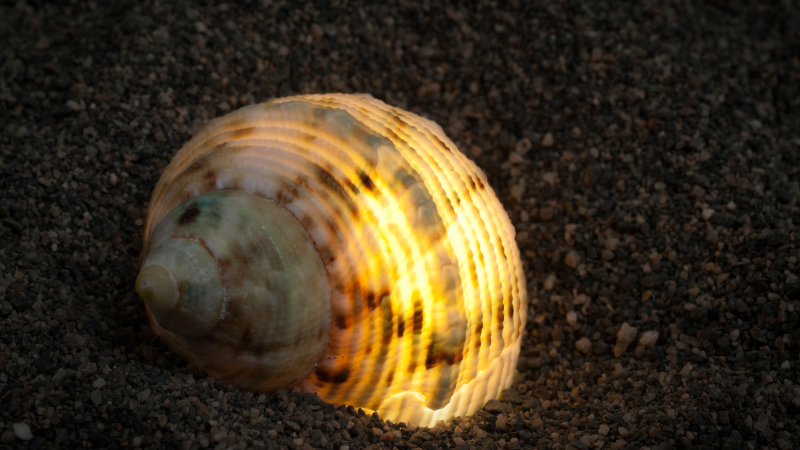
22 Apr “How else do we motivate ourselves to change?”
“Well then, how else do we motivate ourselves to change? Isn't it about thinking something different or changing our behavior? Maybe….,” she said, “it's like putting sneakers out in the morning so I remember to go for a walk or run…?”
That was one of the questions someone asked me this week. Great question. Those are ways, indeed.
And… there's another way, one where instead of trying to change the situation we allow it to change us (I felt some cringing inside as I wrote that!) We use the situation as a door to the unknown, to possibility, and open it.
As she looked at me expectantly, I paused, not responding, remembering a time when I asked that same question. Different context, though.
It was 25-30 years ago on the stone floor of a sacred place that an answer came, literally out of the blue.
I had gone to swim as I was training for a triathalon. It wasn’t a good swim. And my heart, for some unknown reason, was crushed and I felt like lead. What I do remember though is needing to do something with my state so I stopped at a sacred temple on my way home.
No one was there, which I was glad about. Sitting there I remember feeling waves of pain, thinking what was the point of life…if it was a series of suffering with occasional glimpses of a different way of being.
That experience came to mind this week. Should I tell her what happened next, I thought to myself? Quaking a bit, but deciding it might serve my client … I told her how I wanted to walk out of the stone chapel … and didn’t.
Instead, I did what years of mystical training had engrained in me. Bow down. Humbly ask. What do I do? How do I be here, with this?
So many of the wisdom traditions invite the humbling, bowing, prostrating, using the practice of emptying yourself, pausing and waiting.
Even as I felt the pull to get away, do something to make this pain go away, and not really expecting an “answer” of any kind , the discipline of years kicked in.
I was young and agile then. My knees didn’t hate kneeling – then.
I kneeled. Then sank to the stone floor, prostrating myself. Sighing. Letting go, surrendering. I didn’t know what to do so I did nothing, not expecting anything.
It just felt good to let go, to let the cold stones ground me while also hoping no one would come in and freak out!
Maybe it was the chilly stones my cynical part says as I start to write this next bit….
I had this “message” (?) … this weird kind of feeling/visual perceptual thing (hard actually to share these things….) as this (what shall I call her?) being came to visit and told me (?), somehow communicated to me…
… that my heart was being cracked open to show me there is no limit to our hearts, there’s always more love, more capacity, more goodness to fill us and spill over out of us, connecting us to everything, everywhere, all the time.
My heart drank it in. Letting it resonate, fill me.
Contentment welled up as I remembered another whole way of being that lives parallel to our societies' norms.
This week, the person I was talking to paused with me, listening, resonating. Nodding.
We agreed that we usually try to stop whatever hurts. Change it. Move away from it. Cancel it out.
We haven’t learned – or have forgotten – to enter in without being overwhelmed. That’s one of the many gifts the wisdom traditions gift us. It’s also inherent in integrating attachment theory.
Suffering is an opening – or can be.
Attachment wounds are a protest (as Bowlby and Robertson’s research points out).
Yoga addresses it beautifully: prana, the life force, has only one goal and that is to reunite us with ourselves. To bring us home to our heart and soul.
All the suffering is there to reorient us.
When we’re connected to that solid stream of wisdom inside us a different motivation arises.
Instead of trying so hard to change it out there, we pause. And let “it” change us. We “take the blow” as the Lojong teachings describe.
Then the hard, defensive shell that protects the glowing, radiant goodness has more room to illuminate us from inside.

